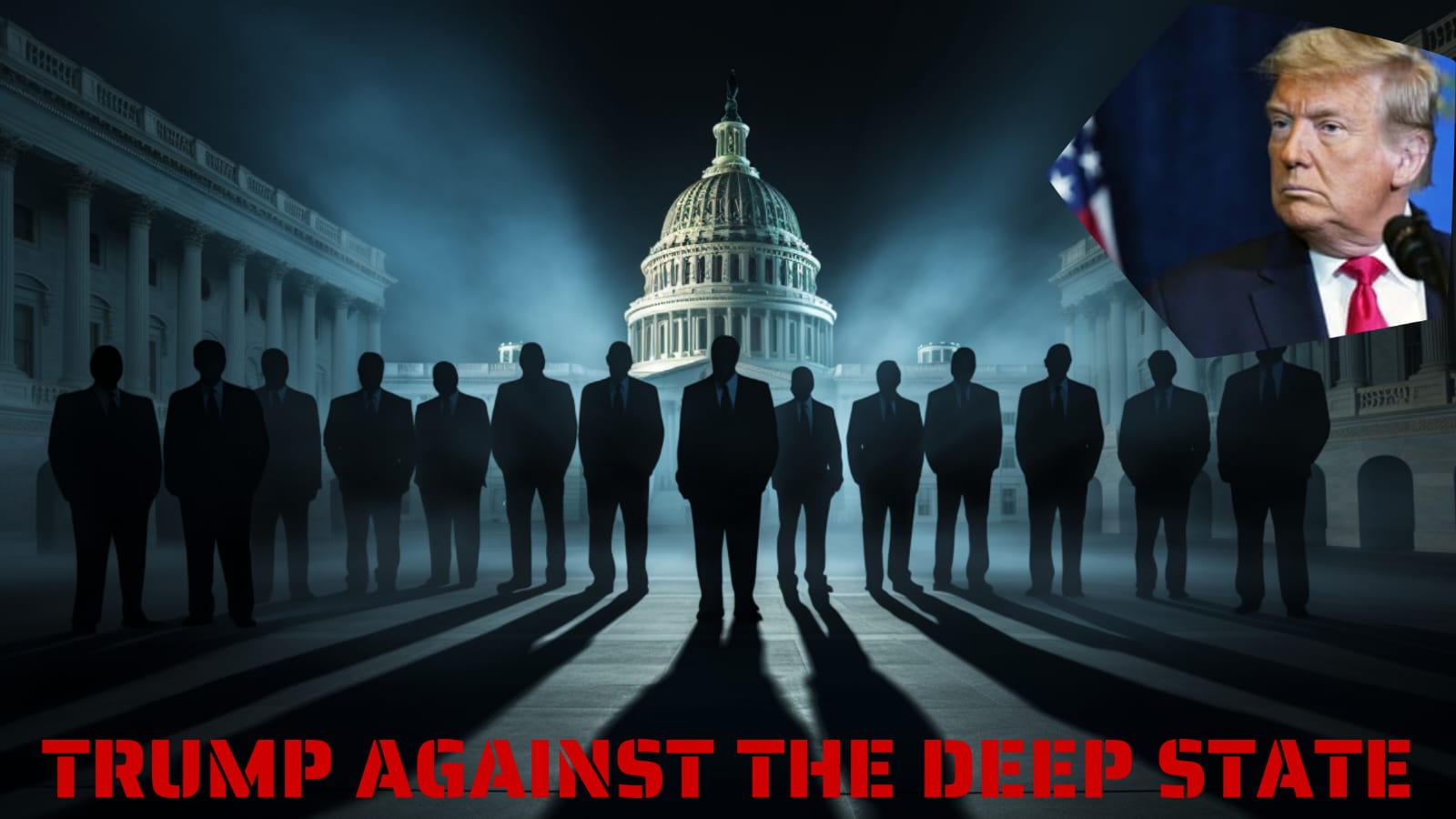THE TITANIC WAS SUNK TO KILL BILLIONAIRES WHO OPPOSED THE FEDERAL RESERVE: THE SHOCKING TRUTH
Truth seekers, the time is now! Join our Telegram Channel and be part of the journey for real stories!
The sinking of the Titanic wasn’t just a tragic accident—it was a calculated move by powerful elites to reshape global finance. This haunting tale of greed, manipulation, and betrayal unveils a hidden truth: the Titanic’s destruction was a stepping stone to the creation of the Federal Reserve, a private banking empire designed to control economies and profit from war.

The Titanic’s legacy is often cloaked in romance and tragedy, but beneath the surface lies a chilling conspiracy. The ship’s ill-fated voyage served a darker purpose—eliminating wealthy opponents of the Federal Reserve, a sinister institution established to consolidate economic power.
The Titanic’s Real Mission: A Sinister Plot Unfolds
At first glance, the Titanic was a marvel of human achievement—a luxurious vessel boasting unparalleled opulence. Yet, its grandeur masked a malevolent scheme orchestrated by the financial elite. JP Morgan, the influential banker and financier, funded the Titanic’s construction but curiously canceled his reservation just before the voyage. Why would the man behind the ship’s creation abandon it at the last moment?
This decision becomes far more suspicious when you learn that several of the ship’s wealthiest passengers—men like John Jacob Astor IV, Benjamin Guggenheim, and Isidor Straus—were vocal opponents of the Federal Reserve. These billionaires, with their immense influence, posed a significant threat to the elite’s plans for financial domination.
JP Morgan: Architect of Tragedy or Mastermind?
JP Morgan wasn’t merely an observer; he was the architect of this chilling plot. His involvement went beyond funding the ship—he ensured its design included features that could trap passengers below deck. The Titanic’s revolutionary electromagnetic sealing technology, hailed as a marvel of engineering, may have served a darker purpose: locking victims in their fate as the ship sank.
Morgan’s last-minute decision to avoid the voyage, citing “health reasons,” raises red flags. His friend, Milton Hershey, also canceled his trip, later expanding his confectionery empire. The timing was too convenient to be a coincidence. These men knew something the world didn’t: the Titanic was destined to meet a watery grave.

The Federal Reserve Act: A Coup Against Democracy
In 1913, a year after the Titanic tragedy, the Federal Reserve Act was passed. It established a private banking cartel with the power to manipulate economies, control inflation, and profit from global conflicts. This wasn’t a system created to serve the people—it was a weapon forged to enslave them.
The Act’s passage was shrouded in secrecy. Crafted on Jekyll Island by a shadowy group of bankers, the Federal Reserve was designed to operate outside the democratic process. Its creation marked a turning point in American history, handing control of the nation’s economy to unelected elites.
The Astor Connection: Tesla, Technology, and Opposition to the Elite
John Jacob Astor IV, one of the Titanic’s most prominent victims, wasn’t just a wealthy industrialist—he was a visionary who supported Nikola Tesla’s groundbreaking work. Tesla’s technologies threatened the status quo, offering free, unlimited energy that would disrupt the financial elite’s grip on resources.
Astor’s death on the Titanic wasn’t just a tragedy; it was a calculated move to silence a powerful opponent. His family, among the wealthiest in America, had the means to challenge the Federal Reserve’s creation. By eliminating Astor, the elites removed a critical obstacle to their plans.
A Legacy of Control and Corruption
The Titanic tragedy paved the way for a century of financial manipulation. The Federal Reserve has since overseen wars, economic crashes, and wealth inequality on an unprecedented scale. Its creation wasn’t a response to the needs of the people—it was the culmination of a plot hatched by men who saw the world as a chessboard and its inhabitants as pawns.
As the world mourned the loss of over 1,500 souls, the financial elite celebrated their victory. The deaths of Astor, Guggenheim, and Straus cleared the path for the Federal Reserve’s establishment, cementing their control over the global economy.

Questions That Demand Answers
Why were key opponents of the Federal Reserve conveniently aboard the Titanic? Why did JP Morgan and his allies avoid the voyage? And why has this conspiracy been buried beneath layers of misinformation for over a century?
The answers lie in a chilling realization: the Titanic’s sinking wasn’t a tragic accident but a deliberate act of sabotage. This revelation challenges everything we thought we knew about one of history’s most infamous disasters.
The Fight for Truth and Justice
Exposing the truth about the Titanic and the Federal Reserve isn’t just an exercise in historical inquiry—it’s a battle for the soul of democracy. The elites who orchestrated this conspiracy have profited from decades of war, suffering, and exploitation. By uncovering their schemes, we honor the victims of the Titanic and fight for a future free from their control.
As we reflect on this dark chapter of history, one thing becomes clear: the Titanic wasn’t just a ship—it was a sacrificial pawn in a game of power and greed. Its sinking reminds us of the lengths to which the elite will go to maintain their stranglehold on the world.
Our mission to champion democracy, freedom of speech, and patriotic values relies on the support of dedicated individuals like you. Your contribution is vital in helping us provide insightful analysis, uncover pressing issues, and inspire positive change in our nation.
Join us in our commitment to making a difference. Every donation counts and empowers us to continue our work in advocating for the values we hold dear.
Thank you for being a crucial part of our journey.

I’m a 33-year-old writer and the founder of World Reports Today. Driven by the timeless principles of democracy and freedom of speech, I use my platform and my writing to amplify the voices of those who uphold these ideals and to spark meaningful conversations about the issues that truly matter.






